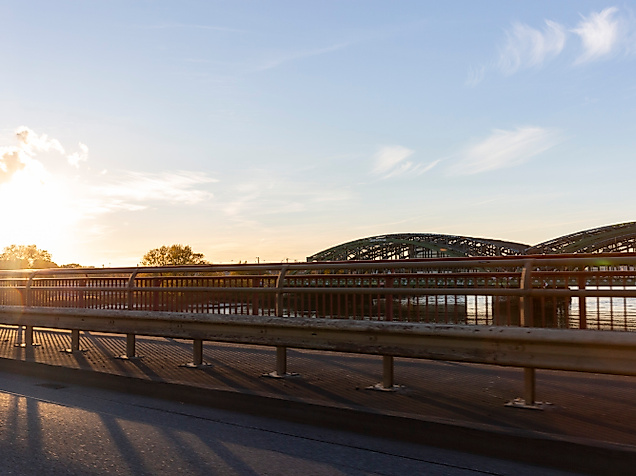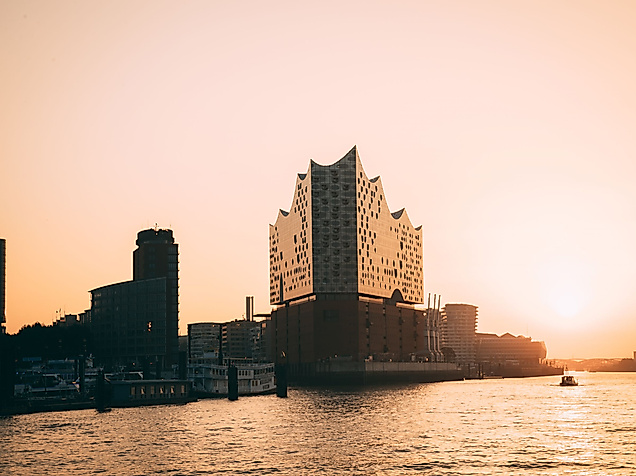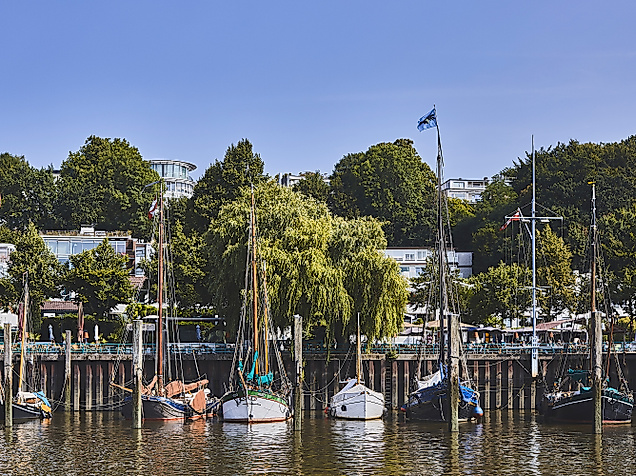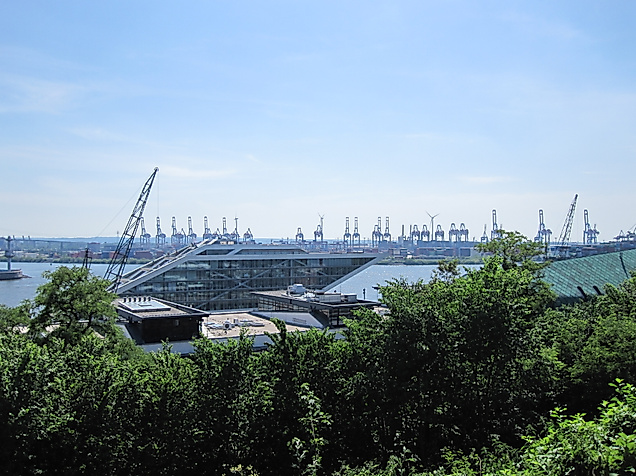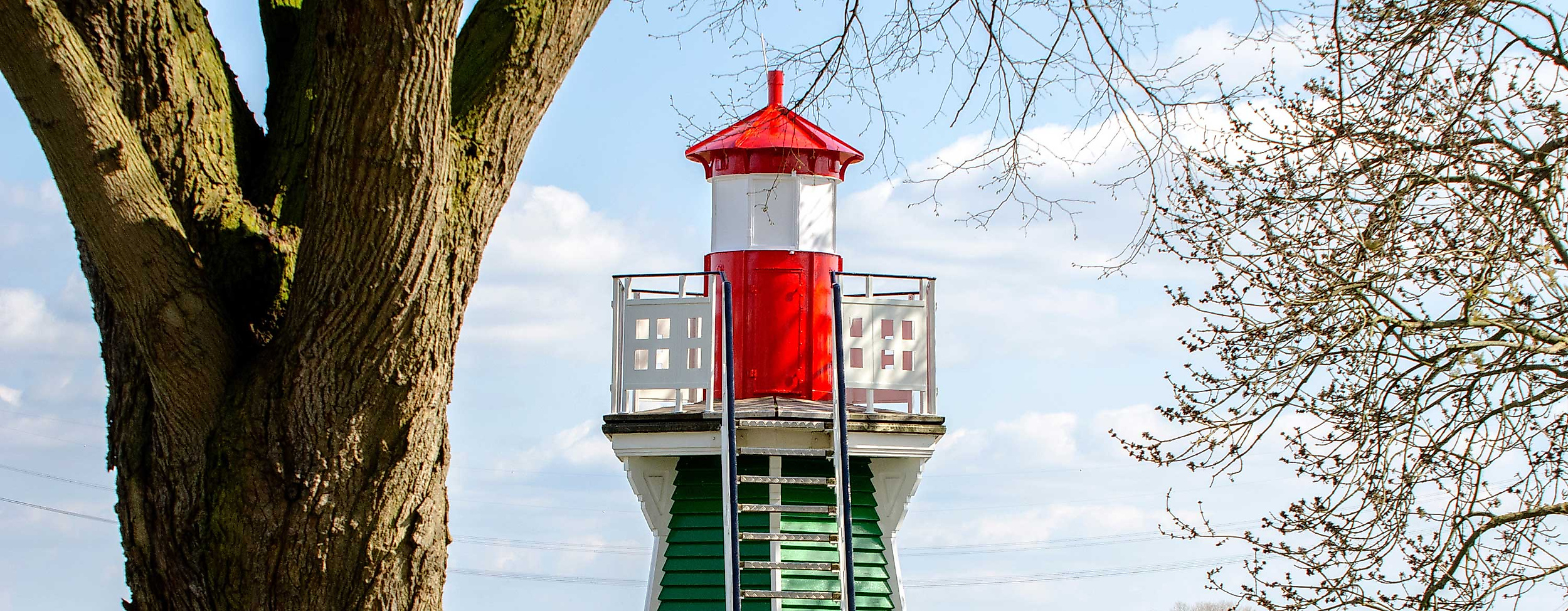

Leuchtfeuer Bunthaus
The lighthouse at Bunthäuser Spitze is a landmark on the Elbe island of Wilhelmsburg.
The Bunthaus lighthouse stands at Elbe kilometre 609 and was built in 1914. The green, wooden tower is also known as Bunthäuser Spitze and is about seven metres high. The Bunthäuser Spitze actually refers to the place where the Elbe divides for about 15 kilometres into the Norderelbe and the Süderelbe, thus forming an inland delta. Renovated on the occasion of the 800th HAFENGEBURTSTAG HAMBURG, the lighthouse is under preservation order since 2005. A separate registered association looks after the preservation of the landmark. The lighthouse can be reached via the Bunthäuser hiking trail.
Top customer reviews
Search
Languages
Google translator for other languages
Please note that this is an automatic translation.
For better information, you can always switch to the German or English version
